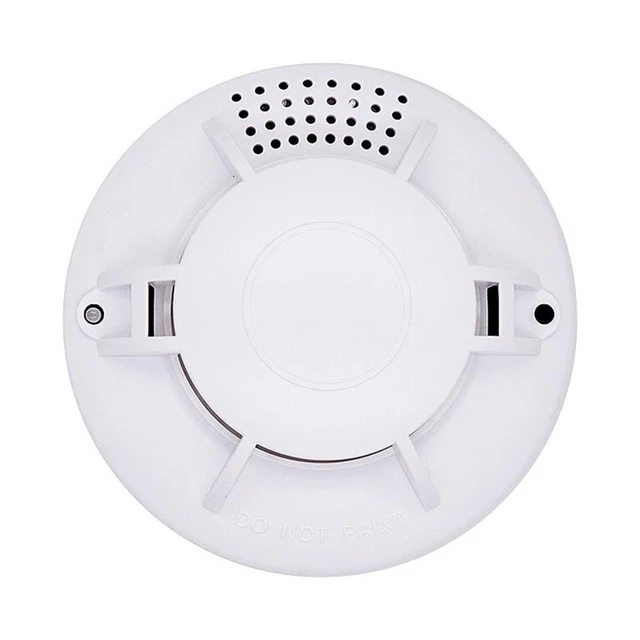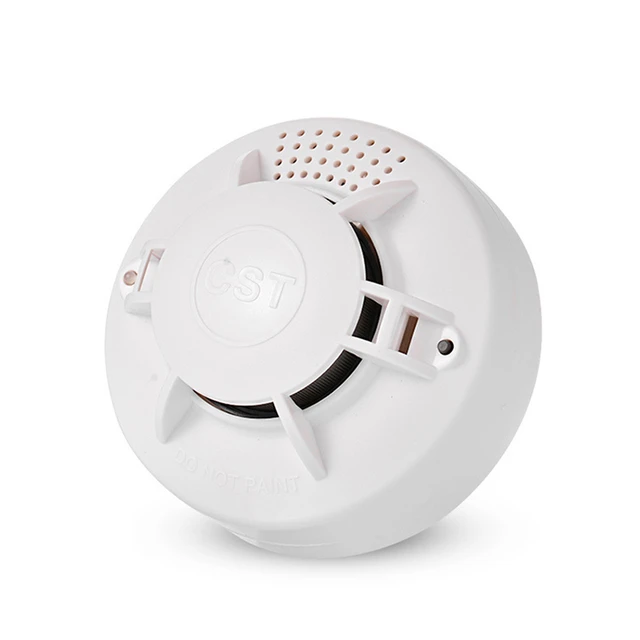 Introduction:
Introduction:
Replacing the battery in a smoke detector is a critical maintenance task that ensures the device can properly function in the event of a fire. It is important to understand the process of replacing a smoke detector battery to ensure the safety of your home and family. This comprehensive guide will provide step-by-step instructions on how to replace a smoke detector battery, including preparation, identifying the type of battery, safely removing the old battery, and installing a new one. By following these steps, individuals can confidently replace the battery in their smoke detectors and maintain a safe living environment.
Smoke detector batteries typically use alkaline or lithium chemistries. Alkaline batteries are the most commonly used type for smoke detectors. These batteries are made of a zinc-manganese dioxide (Zn/MnO2) chemistry and are known for their reliable performance and relatively longer shelf life. Alkaline batteries are readily available, affordable, and suitable for low-drain devices like smoke detectors.
It is important to note that the specific materials and composition of smoke detector batteries can vary depending on the brand and model. It is always recommended to refer to the manufacturer’s instructions and use the recommended battery type for your smoke detector to ensure proper function and safety.
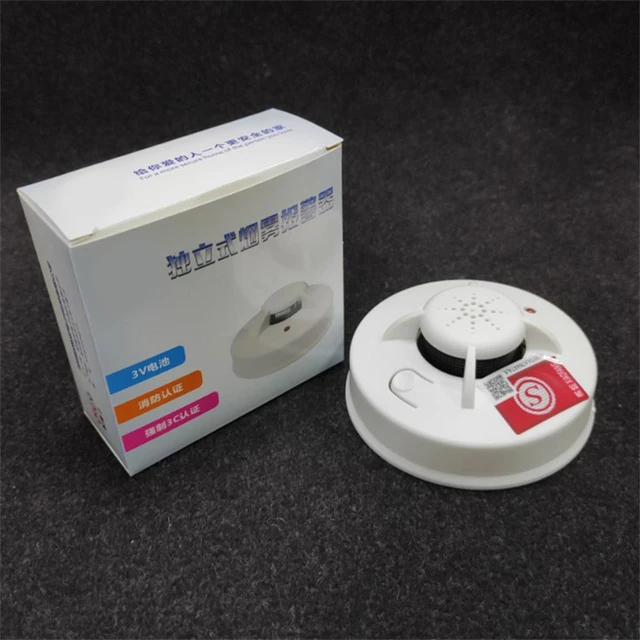 Preparation
Preparation
Gather Supplies:
Before starting the process, gather the necessary supplies, including a new battery that is compatible with your smoke detector and a step stool or ladder if needed.
Alert Household Members:
Inform other household members of your intentions to replace the smoke detector battery to avoid any confusion or alarm caused by the detector’s low battery warning.
Identify the Type of Battery
Manufacturer’s Instructions:
Consult the manufacturer’s instructions or user manual for your smoke detector to determine the compatible battery type.
Common Battery Types:
The most common battery types used in smoke detectors include 9-volt batteries, AA batteries, or lithium batteries.
Verify the specific battery type required for your smoke detector.
Remove the Old Battery
Locate the Battery Compartment:
Depending on the smoke detector model, the battery compartment may be located on the back or side of the unit.
Gently remove the smoke detector from its mounting bracket, if necessary, to access the battery compartment.
Open the Battery Compartment:
Use your fingers or a small screwdriver to open the battery compartment cover.
Be careful not to force or damage the cover.
Remove the Old Battery:
Identify the orientation of the old battery (+ and – signs) and carefully remove it from the compartment.
Dispose of the old battery in accordance with local regulations.
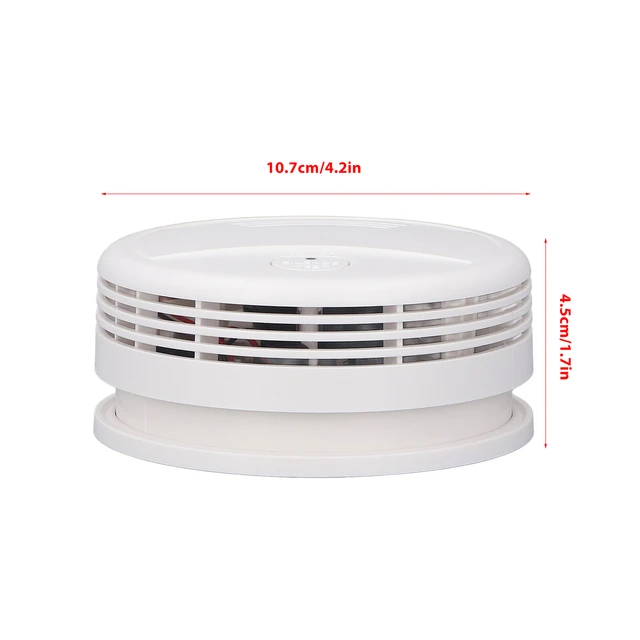 Install the New Battery
Install the New Battery
Check Battery Expiration Date:
Before installing the new battery, check the expiration date to ensure it is not expired.
Insert the New Battery:
Insert the new battery into the battery compartment, observing the correct orientation (+ and – signs).
Ensure a secure connection between the battery and the metal contacts in the compartment.
Close the Battery Compartment:
Close the battery compartment cover securely, ensuring it is properly aligned and latched.
Test the Smoke Detector
Reattach the Smoke Detector:
If detached, reattach the smoke detector to its mounting bracket, ensuring it is secured properly.
Test the Smoke Detector:
Press and hold the “Test” button on the smoke detector to ensure it is functioning correctly.
Listen for the alarm sound to confirm that the smoke detector is operational.
Regular Maintenance and Replacement Schedule
Battery Replacement Schedule:
It is recommended to replace the battery in your smoke detector at least once a year or as recommended by the manufacturer.
Regular Testing:
Regularly test your smoke detectors by pressing the “Test” button to ensure they are functioning correctly.
Test them monthly or follow the manufacturer’s recommendations.
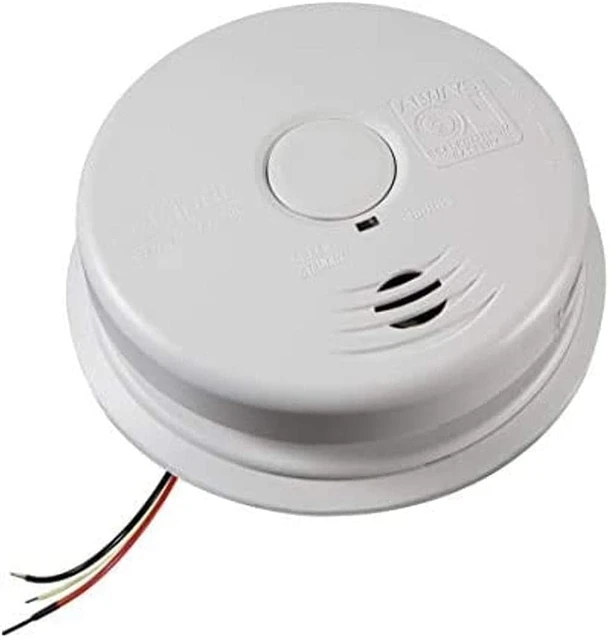 Smoke detector batteries and car batteries:
Smoke detector batteries and car batteries:
Smoke detector batteries and car batteries serve different purposes and have various distinctions. Here are some differences between the two:
Usage:
They provide power to these safety devices and are crucial for detecting and alerting occupants in the event of a fire.
Voltage:
Smoke detector batteries typically operate at lower voltages, commonly 9 volts or less. This lower voltage is sufficient for powering smoke detectors and ensures safe operation without posing a risk of electrical shock. Car batteries, on the other hand, generally operate at higher voltages, ranging from 12 volts in most passenger vehicles to higher capacities in heavy-duty vehicles.
Battery Life:
Car batteries are designed to have a longer lifespan compared to smoke detector batteries. With proper maintenance and care, car batteries can last several years. Smoke detector batteries, being small and constantly active, typically have a shorter lifespan and need to be replaced more frequently, often annually or every few years, depending on the battery type.
Size and Form Factor:
Smoke detector batteries are typically smaller in size and come in button cell or cylindrical shapes to fit inside the smoke detector unit. Car batteries, on the other hand, are larger and come in various shapes and sizes to accommodate the specific make and model of the vehicle.
Power Output:
Car batteries are capable of delivering a high amount of power to start the engine and provide electricity for the vehicle’s electrical systems. Smoke detector batteries, in contrast, require significantly less power to operate the smoke detectors and their alarm mechanisms.
It’s important to understand the distinctions between smoke detector batteries and car batteries to ensure proper usage and maintenance. Following the manufacturer’s recommendations and regularly replacing batteries in smoke detectors and vehicles can help ensure their reliable operation and maintain safety in both residential and automotive settings.
Some trends in smoke detector batteries:
The popularity and trends surrounding smoke detector batteries primarily revolve around two key aspects: longevity and sustainability. Here are some trends in smoke detector batteries:
Long-lasting Batteries:
There is an increasing demand for smoke detector batteries that offer extended operational life. With longer-lasting batteries, users can minimize the frequency of battery replacements and ensure uninterrupted protection.
Lithium Batteries:
Lithium batteries are gaining popularity in smoke detectors due to their superior performance, including longer lifespan, improved temperature resistance, and higher energy density.
Rechargeable Options:
Rechargeable smoke detector batteries are gaining attention as a sustainable alternative to disposable batteries. They can be recharged multiple times, reducing waste and promoting eco-friendly practices. Rechargeable options are becoming more prevalent as consumers seek environmentally conscious solutions.
Smart Smoke Detectors:
The rise of smart home technology has brought a new generation of smoke detectors with advanced features. These detectors often come with built-in rechargeable batteries or specialized battery designs that offer longer lifespan and enhanced performance. They may also integrate with home automation systems, allowing users to monitor and control the detector remotely.
Consideration for Sustainability:
As sustainability becomes increasingly important, there is a growing interest in eco-friendly and recyclable materials for smoke detector batteries. Manufacturers are exploring options to reduce environmental impact by using greener materials and promoting proper disposal or recycling practices.
Enhanced Power Monitoring:
With the evolution of smart smoke detectors, power monitoring capabilities have become more advanced. Some detectors can provide real-time battery status and alerts, notifying users when the battery is running low or needs replacement. This feature helps ensure optimal performance and early recognition of any battery-related issues.
Overall, the trends in smoke detector batteries revolve around improved performance, sustainable practices, and integration with smart technologies. These trends aim to enhance the effectiveness, convenience, and longevity of smoke detectors, providing enhanced safety and peace of mind for users.
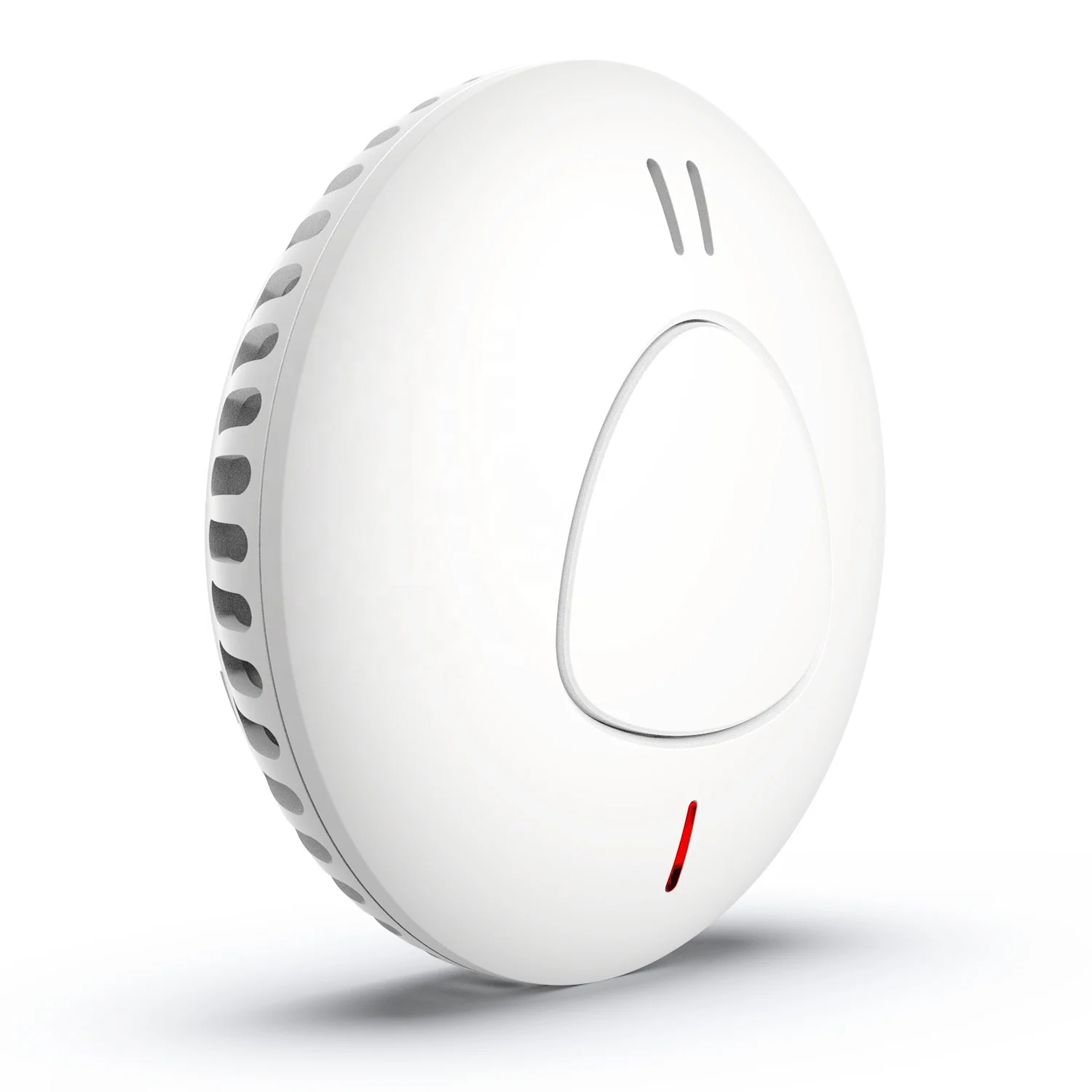 Conclusion of how to replace smoke detector battery:
Conclusion of how to replace smoke detector battery:
Replacing the battery in a smoke detector is a crucial maintenance task that helps maintain the safety and functionality of this essential device in the event of a fire. By following the steps provided in this comprehensive guide, individuals can confidently replace the battery in their smoke detectors. Remember to gather the necessary supplies, identify the appropriate battery type, safely remove the old battery, and install a new one. Regular maintenance and adherence to replacement schedules will ensure the ongoing operation of your smoke detectors and provide peace of mind to protect your home and loved ones.





